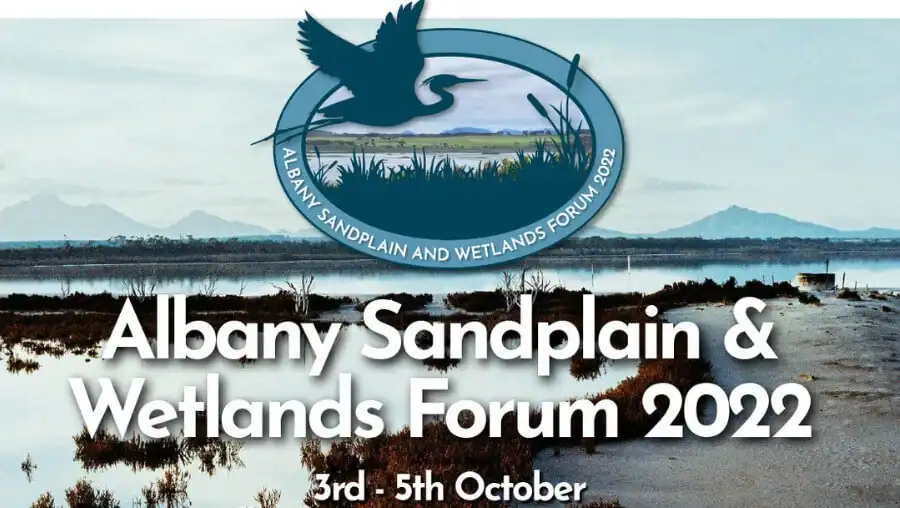Film Library
Dieback Management Animation
Phytophthora dieback is a microscopic pathogen that is easily spread and leads to disease and death in susceptible plants. There is no cure for dieback which causes permanent and irreversible impacts to native ecosystems including reduced biodiversity and biomass along with the loss of habitat for native animals. Dieback spreads through water and soil with humans responsible for moving the disease over vast areas.
In August 2023, South Coast NRM launched a new animated dieback video to increase awareness of Phytophthora dieback and hygiene precautions to audiences across WA. Watch our animation below, and share with your friends, family and networks. Together, we can stop the spread.
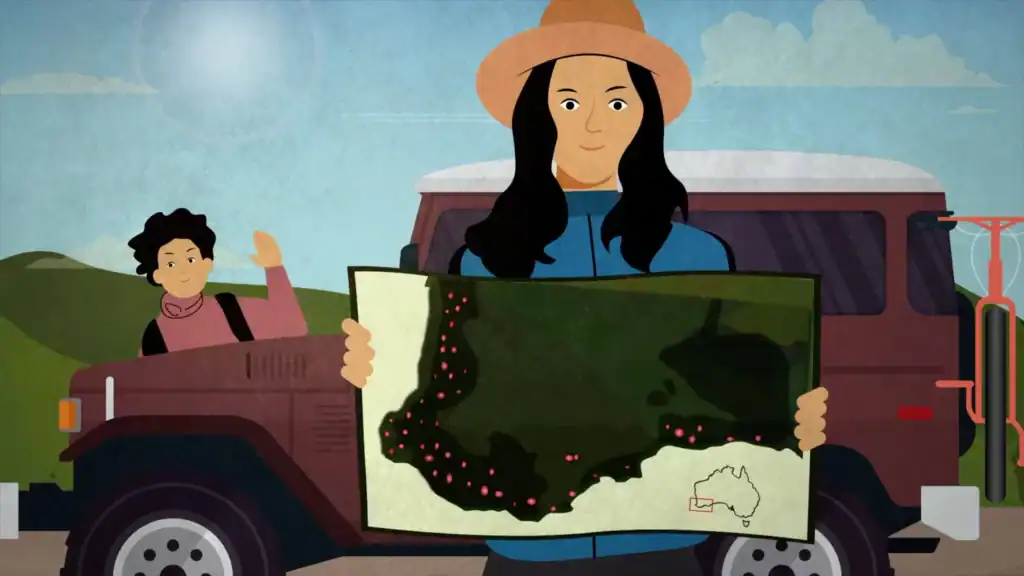
Watch the film
Noongar Cultural Burning
Noongar Elders and family members of the Albany Heritage Reference Group Aboriginal Corporation were joined by South Coast NRM Cultural and Heritage team members in early May 2022 to conduct a cool burn, on Country at Ballogup/ Lake Pleasant View. The burn, organised to clear the way for revegetation plantings in spring, provided an ideal opportunity for Elders to work directly with Noongar Rangers using techniques and skills passed down through generations.
In this short film, Eugene Eades reflects on the significance of cultural burning, remarking “It’s a historical gathering today, it’s the first time that I can remember in my days since living on the Reserve in the 1950’s and 1960’s for this type of burning to be taking place”. “This is the return of Dreamtime, we are handing down the stories.”
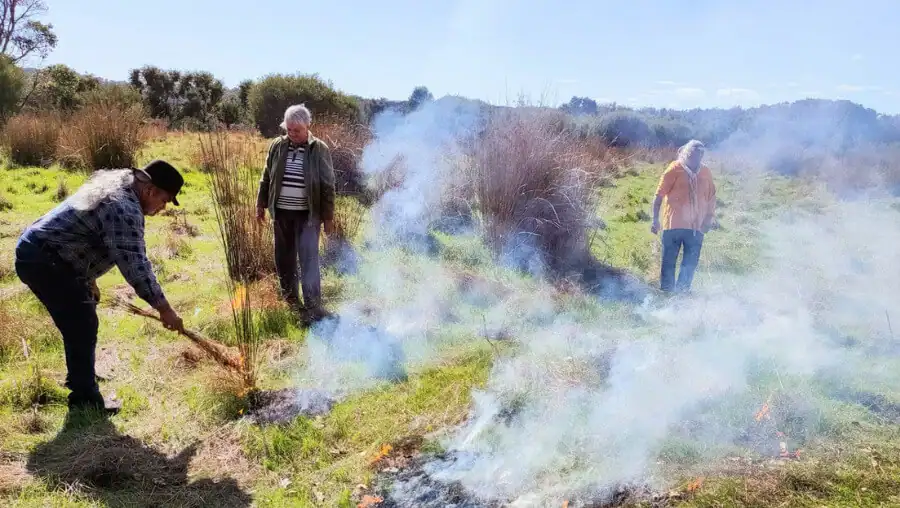
Watch the film
Restoring Lake Pleasant View
A traditional meeting place for millennia, Ballogup is a natural granite ampitheatre on the edge of a freshwater lake near the small town of Manypeaks on Western Australia’s south coast. The land is managed by family members from the Albany Heritage Reference Group Aboriginal Corporation. Restoring Lake Pleasant View – which aims to protect and enhance Ballogup’s cultural values and biodiversity – is a project funded by Lotterywest.
Over the course of three years, cultural educator Larry Blight has joined the South Coast NRM Cultural Heritage team, ethno-archaeologist Paul Greenfeld and Menang-Noongar Elders in Ballogup for a series of heritage surveys which have flipped their understanding of the cultural meeting place on its head. Until recently, archeologists thought stone for tools was most likely quarried on the lake’s eastern shore. But a chance wander across the dried lakebed revealed lumps of rock rising out of the mud that told a different story. Lumps of limestone studded with marine fossils were cracked to reveal glimmers of chert – a harder stone that forms sharp edges when cut – used to make stone axes and knives.
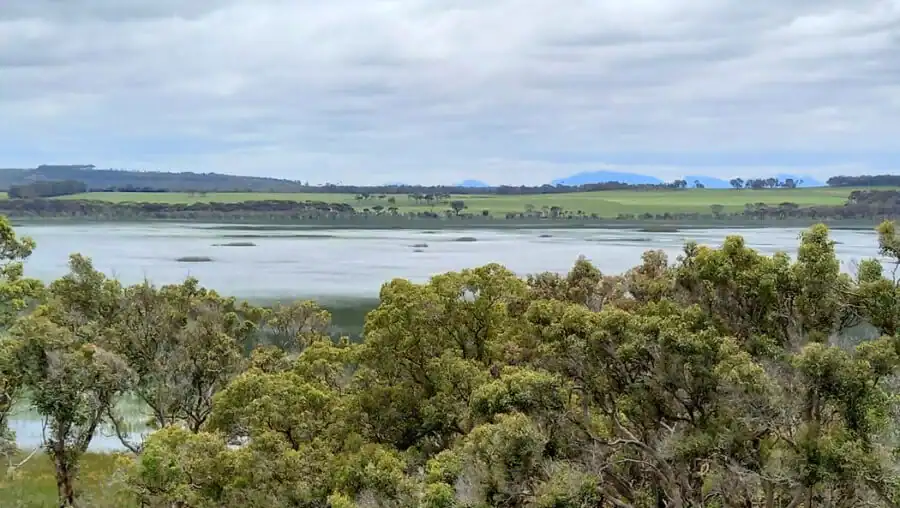
Watch the series
Welcome to Ballogup
Heritage Survey 2021
Heritage Survey 2022
Heritage Survey 2023
South Coast Enviro Experiences
South Coast NRM is creating community connections through environmental volunteering. The aim is to connect as many volunteers as possible to environmental experiences or “Enviro-Experiences” across the South Coast. The South Coast Enviro-Experiences project, supported by Lotterywest, focuses on increasing capacity of organisations relying on volunteers, for both on-ground work and group governance, and has promoted a suite of environmental volunteering opportunities across the region.
South Coast Enviro-Experiences encourages volunteerism across the South Coast and increases the capacity of environment groups to grow and manage their volunteers. In turn, this has supported the community to care for our natural heritage. Linking with the 6 Noongar seasons and supported by Volunteering WA and regional environment and volunteering groups, experiences are matched to generational and cultural needs.
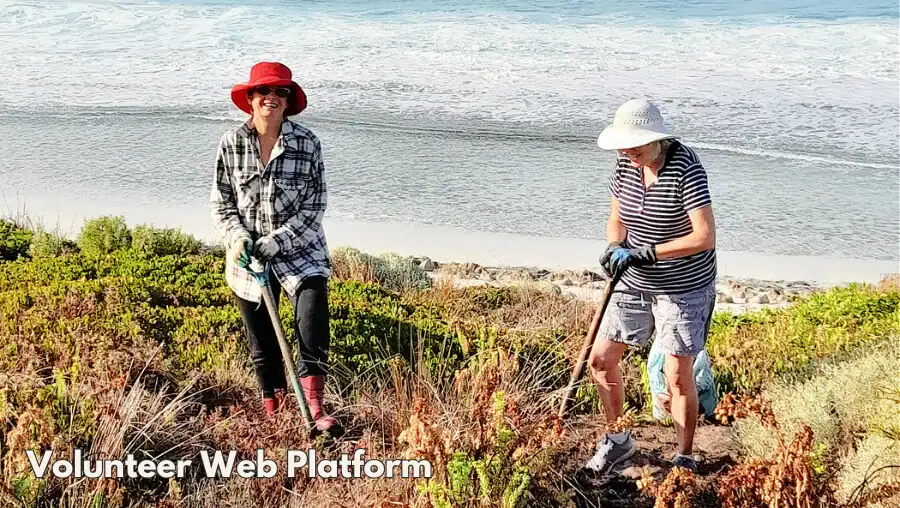
Find out more
Extended film
Can grazing impact soil carbon?
We’re digging deeper into sustainability and asking the important question – can grazing management increase soil carbon? Carbon stored in soils is an important carbon sink and is also vital for healthy functioning soils. But soil organic carbon is also tricky to measure and manage, with many factors influencing how much carbon is stored or lost from the soil. Now, a research review has found that while grazing management can play a role in soil carbon in the short term, other factors like seasonal variability are likely to have a much greater impact on carbon stored in soil.
South Coast NRM is a partner in the Sustainable Pathways to CN30 initiative, and recently hosted a webinar on the topic.
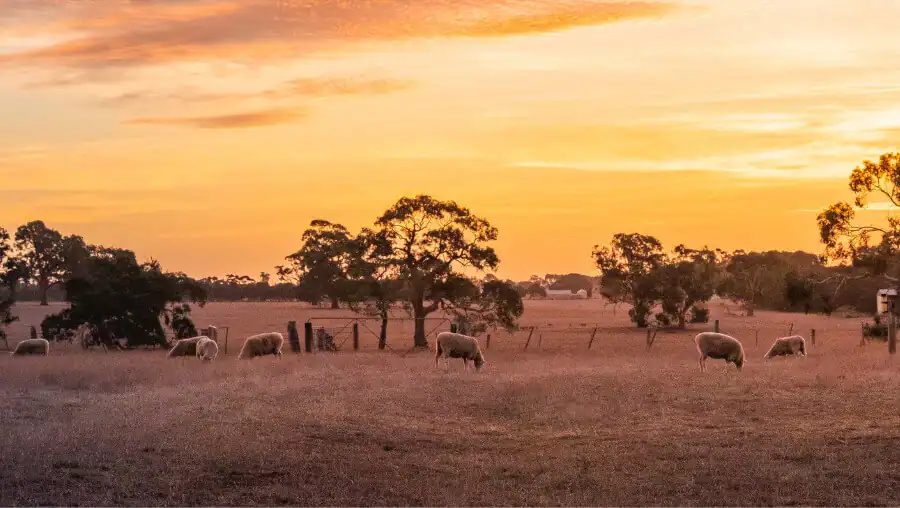
Watch the webinar
Albany Sandplain and Wetlands Forum
In the first week of October 2022, practitioners and professionals alike gathered from across the South Coast and beyond, to connect, collaborate, and create opportunities at the Albany Sandplain and Wetlands Forum. The Forum successfully attracted an audience with a broad range of skills, experience and perspectives. It fostered knowledge growth, enabled information exchange, and provided opportunities for collaboration, highlighting a unique and fragile landscape across the South Coast region.
More than twenty experts across the fields of conservation, agronomy, climate, hydrology and economics presented over two days, with the Forum focusing on the unique qualities of the Albany Sandplain and the sedimentary basin beneath it. A playlist of the Forum has been developed and can be watched on our YouTube platform, or you can scroll through and watch the full range of presentations on our webpage.
